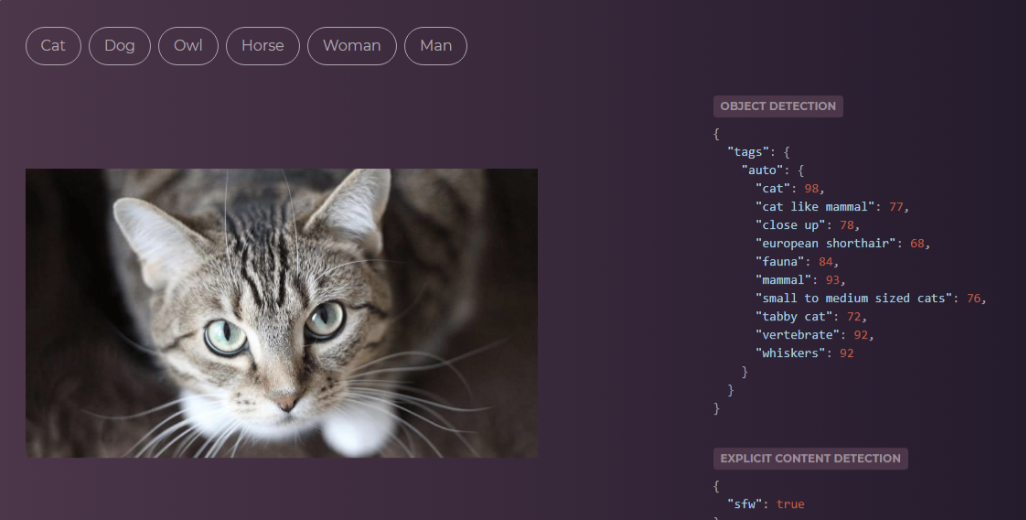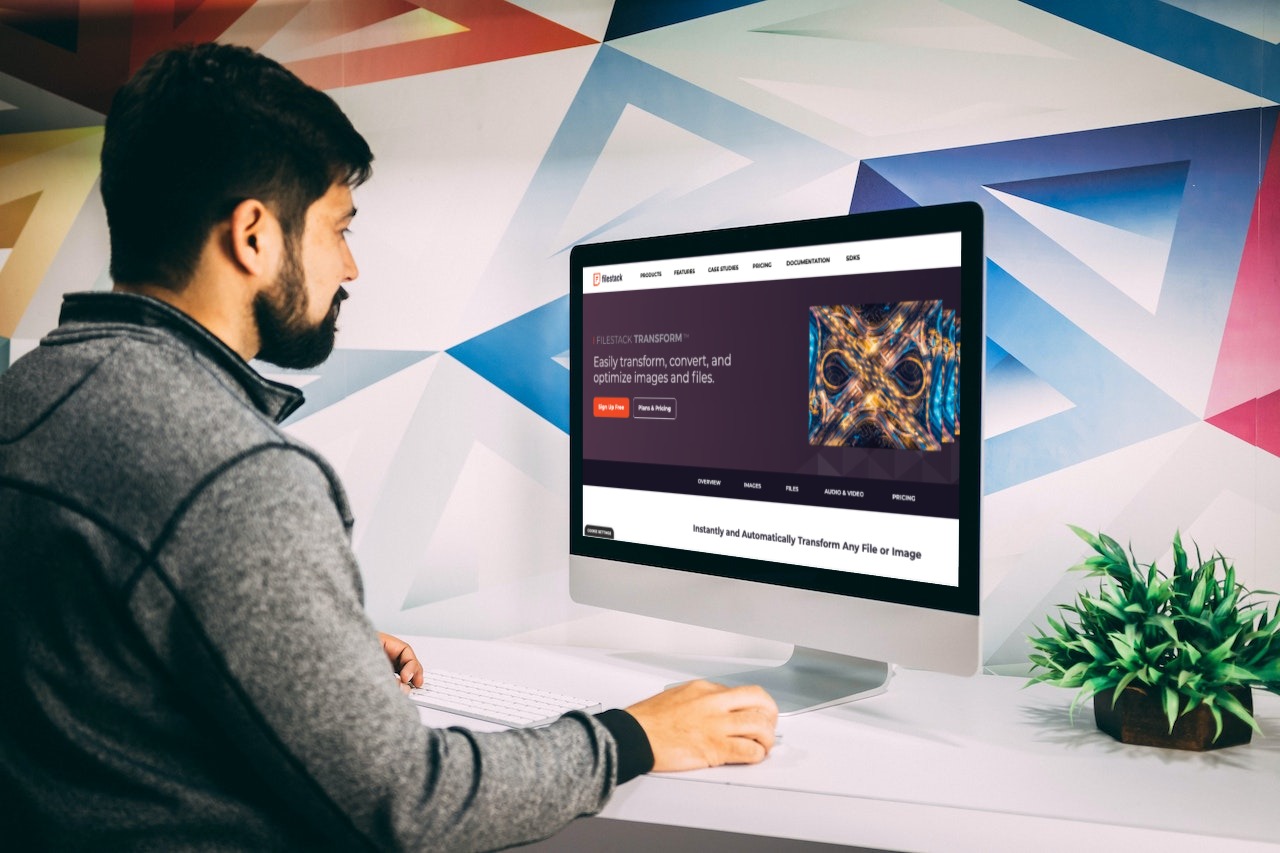Automated image tagging is one field that has made great strides in the ever-evolving world of technology. This technology is revolutionizing the way we are dealing with visual media. Image tagging uses machine-learning algorithms that automatically classify and label images according to their content.
In this post, we will discuss the ways in which automated image tagging is changing the game. We will also discuss the advantages, it offers in terms of resources, time, and precision to the difficulties and restrictions it encounters. Then, you will learn its uses in a range of sectors, including e-commerce, social media, artificial intelligence, and machine learning.
What is image tagging and how is it a game changer?

The main use of automated image tagging is to classify and label images with descriptive tags using machine learning algorithms. While you can manually tag an image by labeling each of your jpg, gif, or png with keywords, there is software that streamlines the process, making your workflow that much more efficient. An image tagging software tags images by identifying and extracting information from images. It’s important to note that you can use metadata to define image file formats.
Image tagging is the process of identifying and labeling the contents of an image. Therefore, the main difference between image tags and metadata is that an image tag describes what the image actually looks like and the metadata contains information about the image itself. Image tagging automatically analyzes and tags, saving thousands of hours. Automatic tagging comes standard in a digital asset management or file management solution.
Automated image tags are revolutionary in a number of ways. First of all, image tags work by improving accessibility and efficiency. Therefore, you save up much of your time and resources. Moreover, image tags enhance accuracy and searchability too. In addition, the image tagging process has a variety of uses, including e-commerce, social media, and AI/ML research.
Thirdly, it facilitates quicker and better decision-making by facilitating rapid access to data and visuals.
Want to know how the best image APIs work? Check out this comparison by Filestack!
What are the advantages of image tagging?
Let’s see some of the advantages of tagging images.
- Classification and Labeling – Automated image tagging classifies and labels images using machine learning techniques, facilitating the organization and search of visual data.
- Enhanced Accessibility and Efficiency: Assigning tags or keywords through image recognition and extraction of data enhances accessibility and efficiency, saving time and resources.
- Improved searchability and accuracy: As information and images are more readily available, searchability and accuracy improve.
- Numerous uses: image tagging has several uses in a variety of industries, including e-commerce, social media, and AI/ML research.
- Decision-making Support: By making facts and visuals accessible, it promotes quicker and better decision-making.
By enhancing the accessibility, efficiency, accuracy, and searchability of images, automated image tagging has the potential to transform how we interact with visual media. You can apply this in a variety of fields, including e-commerce, social media, AI, and machine learning research, among others. Businesses may save time and money, increase accuracy and consistency, and help customers find what they’re looking for with the use of auto-tagging.
What are the limitations of image tagging?
- Privacy and Security Concerns: Automated tagging of images creates privacy and security problems around the gathering, storing, and utilization of images. This could result in privacy and security concerns, necessitating the implementation of suitable safeguards to allay these worries.
- Bias and Inaccuracies: Especially in the training data set, image tagging is prone to bias and errors. The classification and tagging of images may become inaccurate as a result, which calls for continuous monitoring and improvement.
- Complexity: Automated image tagging can be difficult and demand a lot of processing resources. In order to maintain their efficacy, the algorithms and models employed in automatic tagging need constant upkeep.
It is critical to be aware of these difficulties and restrictions as automated image tagging spreads more widely. You should actively check for bias and inaccuracies while you address privacy and security concerns with the proper safeguards. It is vital to weigh the advantages against the disadvantages because the complexity of the technology also necessitates large expenditures. Despite these difficulties, image tagging is a vital tool for many sectors due to its benefits in terms of time, resources, and accuracy.
What are the applications of image tagging?
There are many applications of image tagging in many industries and areas. We have listed some of the most prominent ones below:
E-commerce
- Product Search: Increases the possibility that a customer will make a purchase. This is because they of enabling them to quickly find the items they are looking for by searching keywords and tags. Moreover, it provides product metadata, like information on the color, size, and style of a product. This is useful to enhance product organization and search.
- Product Tagging: In product tagging, customers can search for and find products more easily, which boosts user satisfaction and engagement.
- Image Optimization: Image tagging can automatically identify and remove backgrounds, identify and trim product images, and create high-quality images. Moreover, you can apply this to optimize images for e-commerce. This makes a customer more engaged since the products are visually appealing.
- Product suggestions: You can give a list of suggestions to the customer using image tagging and the customer’s browsing and purchasing history. This boosts consumer engagement and raises the prospect of a sale.
Social media
With image tags, we can censor incorrect or harmful digital images on social media. This increases the user experience is better, and public safety. Moreover, image tagging enhances image search on social media by automatically identifying and categorizing images. This increases user satisfaction and engagement by making it simpler for people to find the images they want. Furthermore, in image-based Advertising, you can use image tags for targeting and relevance, adverts can have more useful views from those who really want to know about the product it promotes. Finally, using image tagging, we can authenticate users’ images which increases security and lessens the possibility of fraud.
Healthcare
Some of the common applications of image tagging in health care are
- Facilitating earlier diagnosis and more successful treatment strategies
- The rapid development of new medicines and therapies and more effective data analysis
- Effective patient information storage and retrieval enhances patient treatment
- Enhancing patient safety by monitoring and maintaining medical equipment
Surveillance
- In surveillance, image tags enhance security and safety by enabling more precise identification of people and objects.
- Tagging images is one of the main options for face recognition in most applications.
- In scene analysis, image tags improve security and safety by enabling more precise identification of potential threats.
- Image labeling can boost image search and retrieval in surveillance systems which enhances security and safety by making access to CCTV footage more effective.
- Finally, image tags help to locate and classify images which makes it possible to analyze surveillance material more effectively, enhancing security and safety.
What is the future of automated image tagging?
Machine learning and automatic picture labeling are fascinating areas with a lot of potential in the future. As a result of that, we are likely to see more advanced and precise picture-tagging algorithms in the future due to the quick development of technology. The application of deep learning methods, such as convolutional neural networks, which have already demonstrated promising outcomes in image identification tasks, is one area for expansion. Additionally, new and creative applications could be developed by combining automated image labeling with other technologies, such as virtual and augmented reality.
The need for image labeling will only increase due to the increase in data. Therefore, we can anticipate greater funding for research and development in this area, which will result in even more sophisticated and potent image-tagging systems. Consequently. this will not only help the businesses and sectors that rely on image data but will also have a positive impact on society as a whole by increasing people’s access to and utility of visual information.
Image tagging will become more precise, effective, and economical as machine learning models that are trained on massive volumes of image data continue to advance. As a result, the technology will be adopted more widely and have more applications.
Automated image tagging with Filestack!
In conclusion, automatic image tagging is a ground-breaking technological advancement that is fundamentally altering how we interact with visual media. It enables efficient and precise image classification and labeling by using machine learning methods. The benefits of automated image tagging are various, ranging from time and resource savings to increased accessibility and searchability. It also has numerous uses in a range of industries, including e-commerce, social media, healthcare, surveillance, and AI/ML research.
Consider checking out a platform like Filestack! We provide a complete solution for automating image tagging and could be the right image tagging software for you!
Frequently Asked Questions (FAQs)
What is automatically tagging images?
Automated image tagging is a technique that categorizes and tags images in accordance with their content using machine learning algorithms.
What benefits might automated image labeling provide?
Automated picture labeling has a number of benefits, including time and resource savings, increased accuracy and consistency, and improved accessibility and searchability.
What applications exist for automated image tagging in e-commerce?
To organize product images for e-commerce and make it simpler for buyers to locate what they’re looking for, automated image tagging can be employed.
How can I use automatic image tagging in my company?
You can implement automatic image tagging in your company using a variety of methods, such as by utilizing a platform like Filestack, which provides an all-inclusive automated image tagging solution.
Shanika Wickramasinghe is a software engineer by profession and a graduate in Computer Science. Her specialties are Web and Mobile Development. Shanika considers writing the best medium to learn and share her knowledge. She is passionate about everything she does, loves to travel, and enjoys nature whenever she takes a break from her busy work schedule.
Read More →


